This high-performance filament belongs to the polyetherimide or PEI family. It was developed by General Electric in the 1980s Plastic Division, and as a result of acquisition since 2007 is manufactured by SABIC. It is used in the 3D printing industry mainly due to the ease with which it can be shaped while maintaining high dimensional stability.
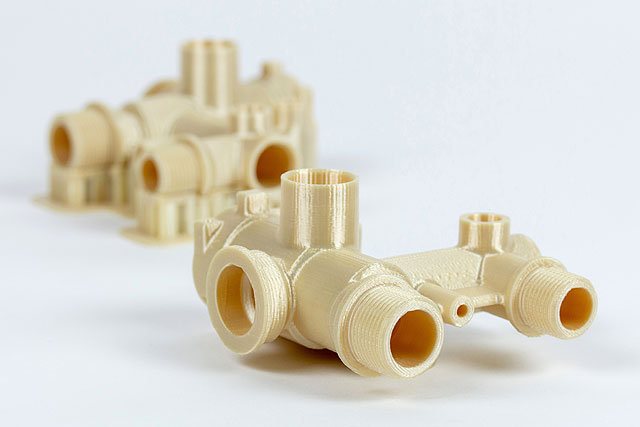
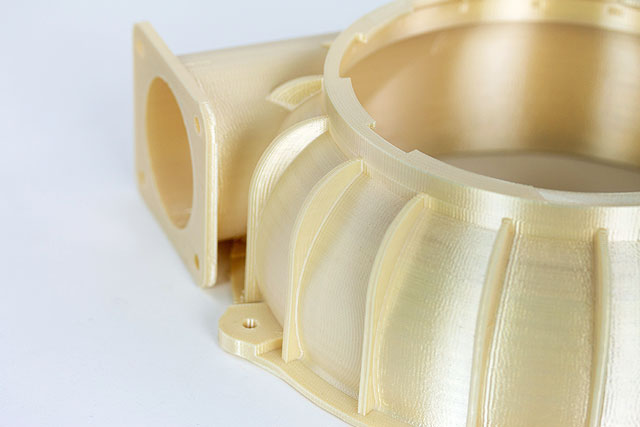
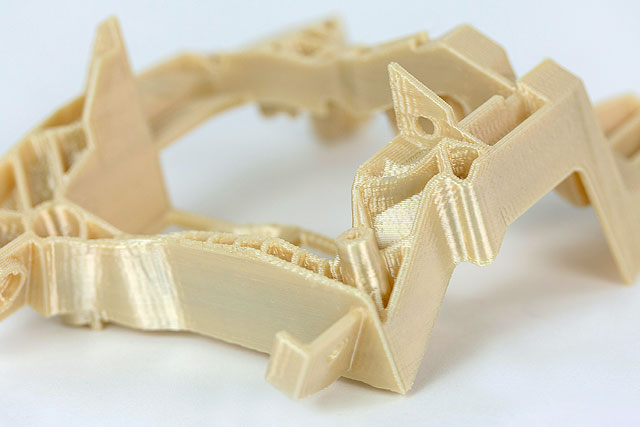
ULTEM™ 9085 is primarily characterized by very high mechanical strength and impact resistance, with a high strength to weight ratio. The tensile strength is 70 MPa and elongation at break is approx. 5,3%. The impact strength of the material is approx. 88 J/m for the notched sample and 650 J/m for a sample without a notch.
ULTEM™ material is characterized by high thermal resistance reaching even 180⁰C. This is possible due to the use of appropriate additives that increase the temperature at which the material retains its mechanical properties. This makes it suitable for all applications where high-temperature resistance is required.
ULTEM™ 9085 material shows chemical resistance to all kinds of solvents (synthetic and natural), oils, and many other chemicals. The material does not react chemically with the above substances, maintaining the required strength throughout the life of the part or structure.
ULTEM™ is a material that is flame retardant, confirmed by tests and the flammability class UL94 V0. No toxic fumes or vapours are emitted during combustion. It is weatherproof and does not react in contact with the soil. That ensures that parts manufactured with ULTEM™ 9085 and working in direct contact with the soil do not adversely affect the environment. Besides, ULTEM™ 1010 is certified for medical applications and can also be approved for contact with food.
ULTEM™ material for 3D printing is available in two variants: ULTEM™ 9085 or ULTEM™ 1010. Both materials have very high heat and chemical resistance with a very good strength-to-weight ratio. Also, both have UL94 V0 and FST certificates. If a component requires high strength and flexibility, ULTEM™ 9085 is the best choice. As far as chemical resistance is concerned, ULTEM™ 1010 will be the better choice. It is one of the few engineering materials certified for contact with NSF 51 food and biocompatible according to ISO 10993 and USP Class VI.
Devices and tools that require high strength are ideal examples of applications for ULTEM™ 9085. It has been appreciated in many demanding industries, especially in aviation, rail transport, automotive, and even the energy industry. These industries are only a small part of applications where the material is successfully implemented.


Aviation is an industry with one of the most rigorous restrictions on the materials and approved technologies. They have to meet very strict requirements before they can be used.
ULTEM™ 9085 meets them thanks to its properties, such as UL94 V0 flame retardancy class, chemical resistance, and a very good weight-to-strength ratio. As a result, it is very often used in the production of many interior fittings for aircraft and helicopters. Most often these are elements of the ventilation system, seat fittings, or brackets supporting various types of installations.
Over the past few years, engineers have increasingly used this ULTEM™ material. Most often it is used in the production of such elements as casings and guides of electric bundles, ventilation ducts, parts of seats, or even fire curtains, whose task is to protect the interior of a train against the spontaneous spread of fire in case of fire. In addition to the aforementioned, it has also been used in the production of tools supporting the maintenance of locomotives. This significantly shortens the waiting time for tools (from even a few weeks to a few days) and their cost. Read more.
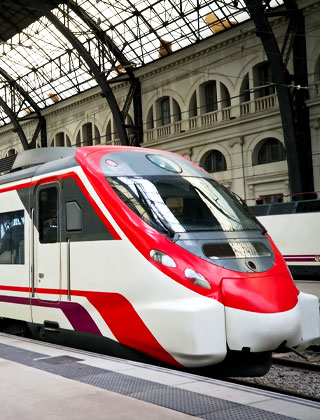
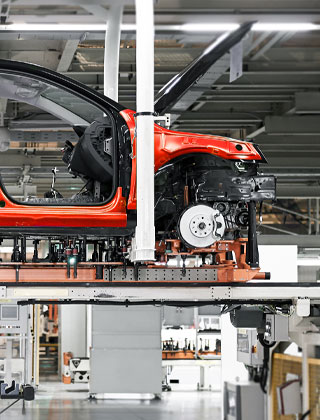
ULTEM™ 9085 has been appreciated here for its resistance to all kinds of solvents and greases and high strength. It is used for the production of oil pump components, the ventilation system, sensor housings and gearboxes, and even for the production of some gears. It significantly reduces the production time of the final element and its cost, while reducing its weight.
In the case of oil platforms, even temporary downtime can cause huge losses. Therefore, the speed of production combined with exceptional mechanical and chemical resistance made the material widely used in these industries.
ULTEM™ 9085 material is used to manufacture, among other things, components for rotors, pumps, drills, sensors, and even tools to support work. Also, the material is weatherproof. The high quality of elements printed on 3D printers made of ULTEM™ materials allows them to maintain full functionality for years of work.

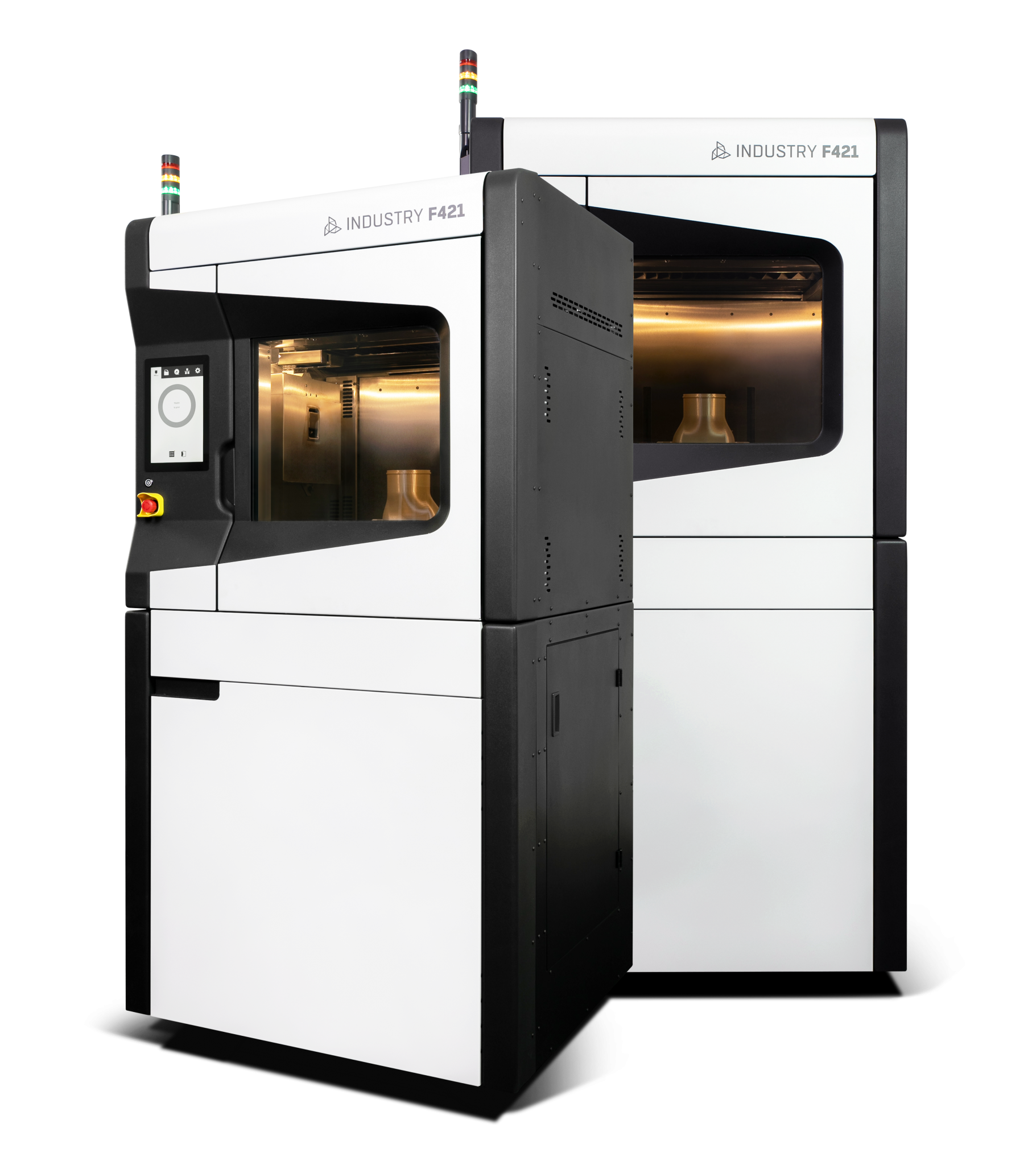
Necessary cookies are absolutely essential for the website to function properly. This category only includes cookies that ensures basic functionalities and security features of the website. These cookies do not store any personal information.
Cookies that are used to recognise you and remember your preferences or settings when you return to our site, so that we can provide you with a more personalised experience.
Cookies which measure how often you visit our sites and how you use them. We use this information to get a better sense of how our users engage with our journalism and to improve our sites and apps, so that users have a better experience.
Cookies that are used to collect information about your visit to our site, the content you have viewed, the links you have followed and information about your browser, device and your IP address.